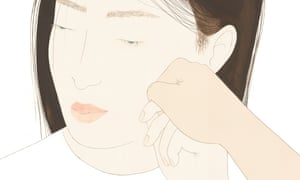>Human tissue needs to be exposed to loads to become strong<
>Human tissue needs to be exposed to loads to become strong<
>Human tissue needs to be exposed to loads to become strong<
>Human tissue needs to be exposed to loads to become strong<
>Human tissue needs to be exposed to loads to become strong<
In other words, "use it or lose it"
Massage can help you with pain, yes - but the ultimate strategy for avoiding many common pain experiences is gradual, graded exposure of the tissues to load.
Massage can help you with pain, yes - but the ultimate strategy for avoiding many common pain experiences is gradual, graded exposure of the tissues to load.
From the article
>Human tissue needs to be exposed to loads to become strong – and the spine is a good example of this. Regular loading prepares the joints, muscle and ligaments for normal tasks. Nobody would expect to run a marathon without preparing the body for such loading, so it seems logical that to be able to lift a weight requires exposure to that activity. – and the spine is a good example of this. <
https://theconversation.com/best-way-to-avoid-back-pain-lift-heavy-things-93702
>Human tissue needs to be exposed to loads to become strong – and the spine is a good example of this. Regular loading prepares the joints, muscle and ligaments for normal tasks. Nobody would expect to run a marathon without preparing the body for such loading, so it seems logical that to be able to lift a weight requires exposure to that activity. – and the spine is a good example of this. <
https://theconversation.com/best-way-to-avoid-back-pain-lift-heavy-things-93702

